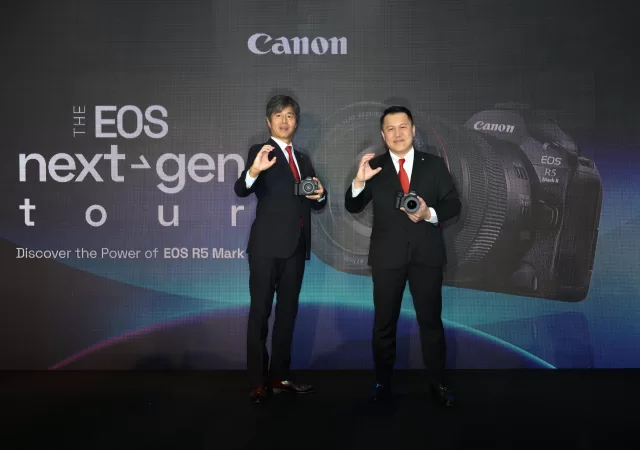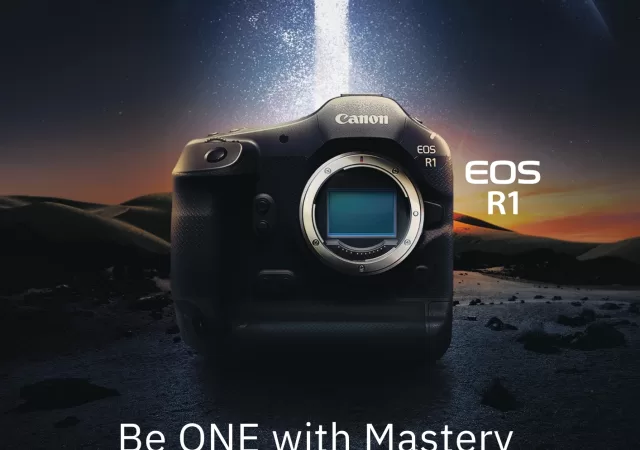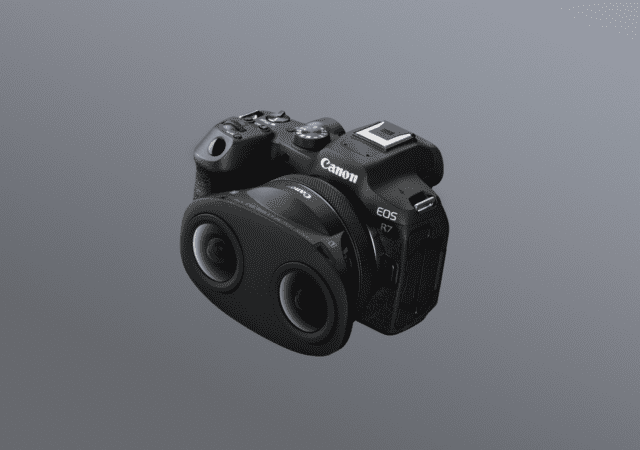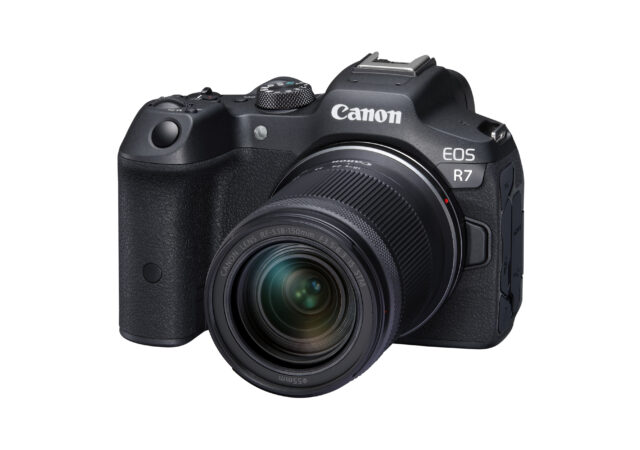Don’t miss the EOS Next Gen Tour 2024 in Malaysia! Get a firsthand look at Canon’s EOS R5 Mark II and witness its exceptional image quality and performance.
Canon Unveils the EOS R1: A Masterful Fusion of Speed and Intelligence
Canon unveils its first mirrorless flagship camera – the EOS R1. The new camera brings an advanced package designed to empower expert photographers.
Canon Releases the RF-S3.9mm f/3.5 STM Dual Fisheye Lens For VR Content Creation
Canon announces a new lens built for creating VR content. The new Canon RF-S3.9mm f/3.5 STM lens allows creators to create VR content with Canon’s EOS cameras.
Canon EOS R100 is Launched – Could be Your First Mirrorless Experience
Canon releases their latest EOS R100, their most affordable and compact EOS R mirrorless camera to date at MYR 2,379.
More Mirrorless Goodness from Canon with new RF Lenses
Canon RF lens family just got bigger and now up to 30 lenses in selection with new RF24mm f/1.8 MACRO IS STM and RF15-30mm f/45.-6.3 IS STM.
Canon EOS R Mirrorless Gets Smaller with new APS-C Sensors and RF-S Lenses
Canon launches their new EOS R7 and EOS R10, the latest APS-C mirrorless cameras with new RF-S kit lenses.
Canon EOS R3 Launches – Mirrorless is The Future with Canon
Canon releases the EOS R3 full frame mirrorless camera to replace the flagship EOS 1DX platform with a 24.1MP high-speed beast.









